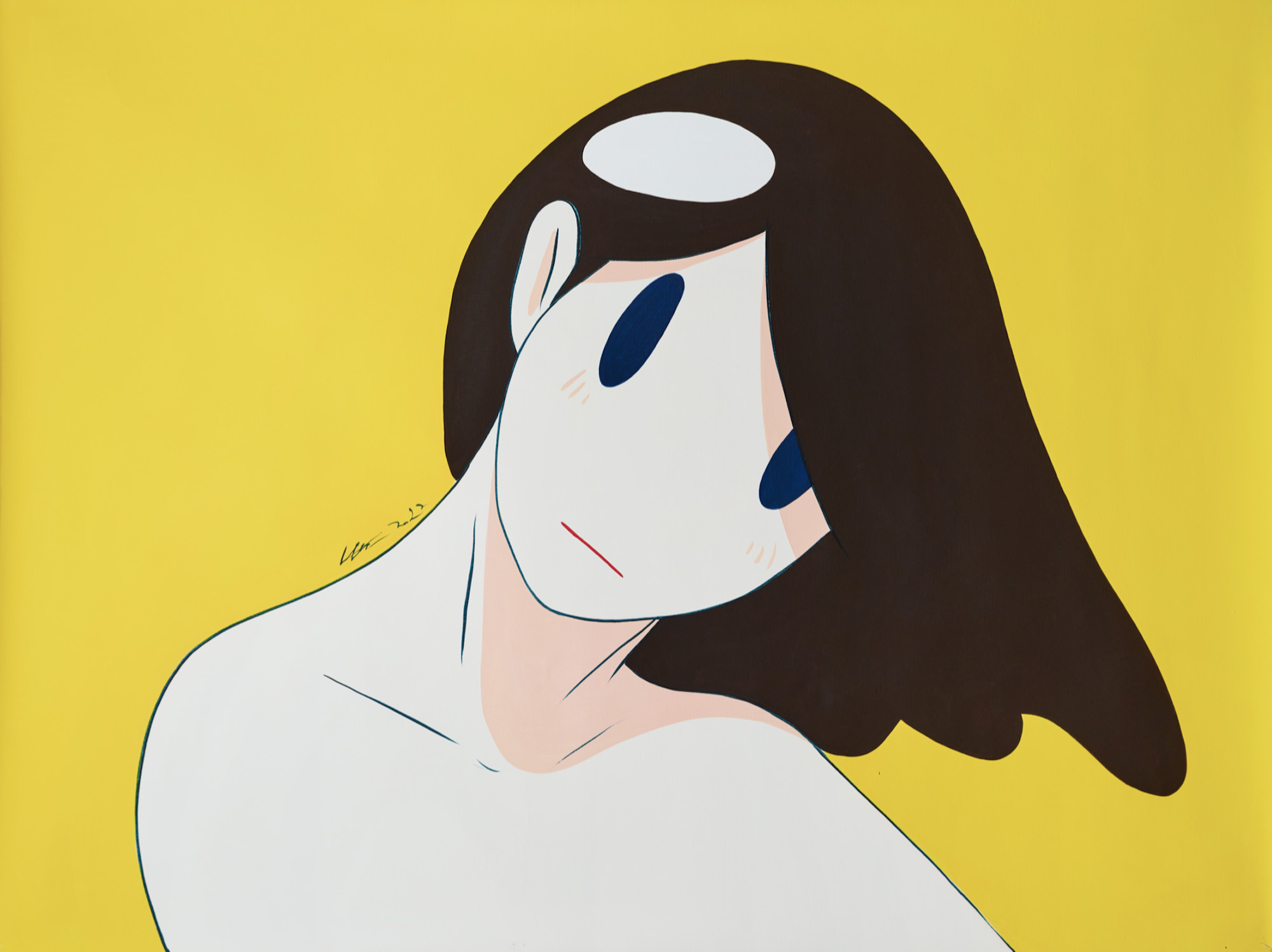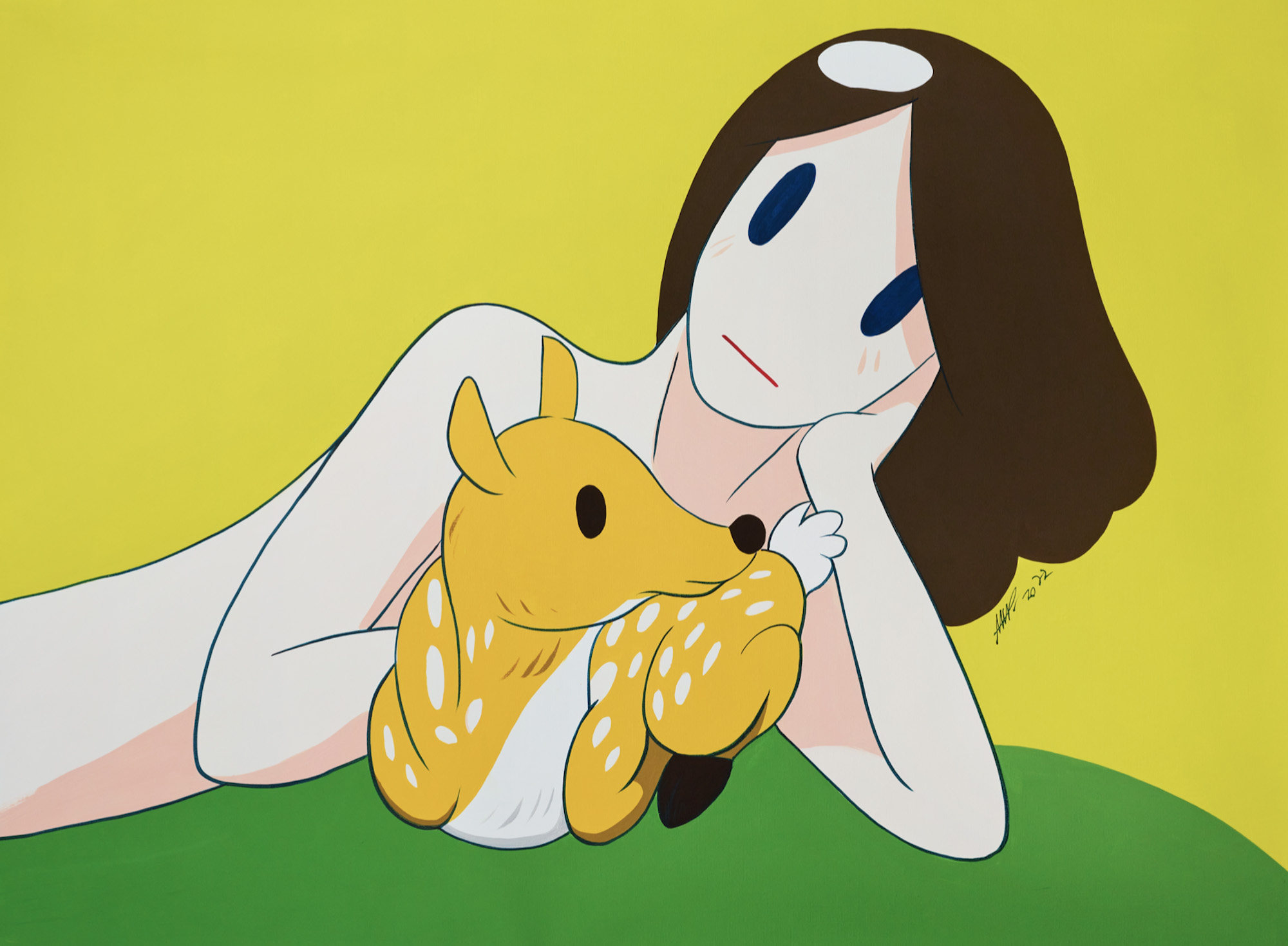[ad_1]
Japanese artist Takeru Amano comes to our Norwich gallery for his debut solo display at Moosey | Opening: Thursday, 31st March from 6-8pm. Born in 1977, the artist has exhibited all about the earth from Tokyo, Hong Kong, to Paris, London and now Norwich (the cherry on top). Takeru lived in New York in the late 90’s prior to settling again in Japan, wherever a mix of Western iconography and Japanese neo-pop culture has received him notoriety.

‘Venus’, Acrylic on linen, 130cm x 100cm
Amano’s subjects are frequently common Western woman figures who have a extensive historical past of showing up in painted sort feel of Venus and the Virgin Mary. These mythological Greco-Roman icons are then depicted in a 20th Century Japanese design and style, clean and flat, splashed with Tokyo-pop neon colors. He playfully employs the innate flexibility of portray, bending mythology to his personal will and humour.

‘Athena and Pegasus’, Acrylic on linen, 130cm x 130cm
For Primavera -Spring Festa- these icons return again, this time with furred and feathered companions. As the demonstrate title alludes to, these animals recommend spring time and the beginning of warmer weather swans in lakes, canine walked close to parks, deer and horses galloping by means of floral fields. The colour palette also captures the season, with vibrant greens and yellows, deep blues, and faint pinks reminiscent of Japan’s cherry blossoms, a definitive signifier of the first blushes of spring across Tokyo. The compositions are airy and shiny, leaving home for the spray of citrus and warming spring breeze.

‘Artemis and Actaeon’, Acrylic on linen, 130cm x 100cm

‘Venus’, Acrylic on linen, 80cm x 80cm
The visual appeal of animals also continues the artist’s amalgamation of mythology and pop. The Historical Greek stories of Leda and the Swan, Artemis and the Deer Hunter, Pegasus sprouting from the blood of Medusa, have long been tackled by painters. Amano reimagines these myths in his personal graphic Japanese type, flattening them and including simple detail with fragile and fluid line-get the job done.
He removes the drama of the primary tales, or at minimum the brutality concerning goddess and animal. In this article as a substitute, it looks they’ve partnered up, intimidatingly greeting you as you enter the gallery, unmistakably peering from their partitions with blank but inescapable eyes. The mischievousness of Amano’s paintings is laid plain, the character’s languid expressions hunting sardonically bored fed up of currently being painted for centuries on conclude, fed up of becoming seen, and staring back, unamused, giantly rendered and significantly more substantial than you are.
[ad_2]
Resource website link
